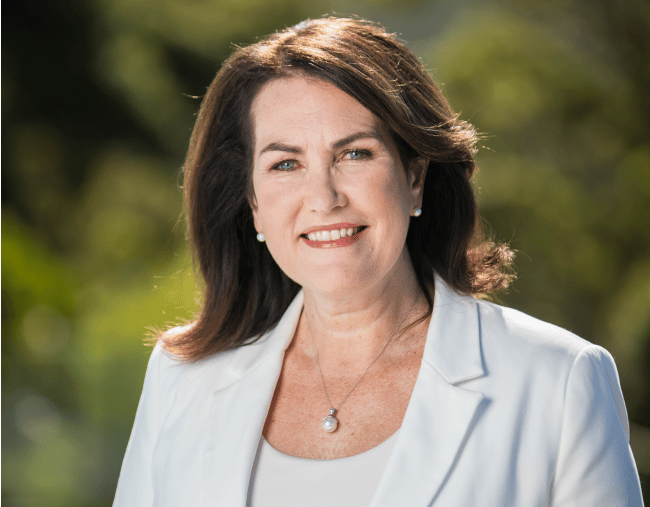
Recently, I was hosting a roundtable discussion with young people in Australia to talk about what issues they were worried about.
A young, quiet girl remained almost silent for the duration of the discussion.
But, as the roundtable was coming to a close, I asked the question:
“What do you think about the images you see in magazines?”
This young girl, who couldn’t have been more than 11 years old, suddenly spoke up and said:
“The images in magazines don’t make me feel good.”
And, sadly, this young girl is not alone.
Back in 1990, one of the first studies into the relationship between the media and body image was conducted. The results indicated that young girls who frequently read magazines were more at-risk of dangerous weight-related behaviour. These readers were 2-3 times more likely to lose weight, exercise for weight loss, and feel that magazines influence their idea of the ideal body.
And that was 28 years ago – before the onslaught of social media that birthed the ‘social influencer’ spruiking the latest health trends – everything from detox teas to the benefits of ketosis.
Every year – for nearly the last two decades – Mission Australia’s National Youth Survey consistently reveals that body image is one of the top three concerns of young Australian men and women.

Top Comments
Or we could just teach our children that images in glossy magazines and online don't necessarily reflect absolute reality, in the same way we teach them that scary movies aren't real.
And yet, the absolute reality is that women are valued and validated by society on the basis of their looks. No good teaching kids about photoshop when the real problem is that females are still objectified as a matter of course.
Yeah. Nah